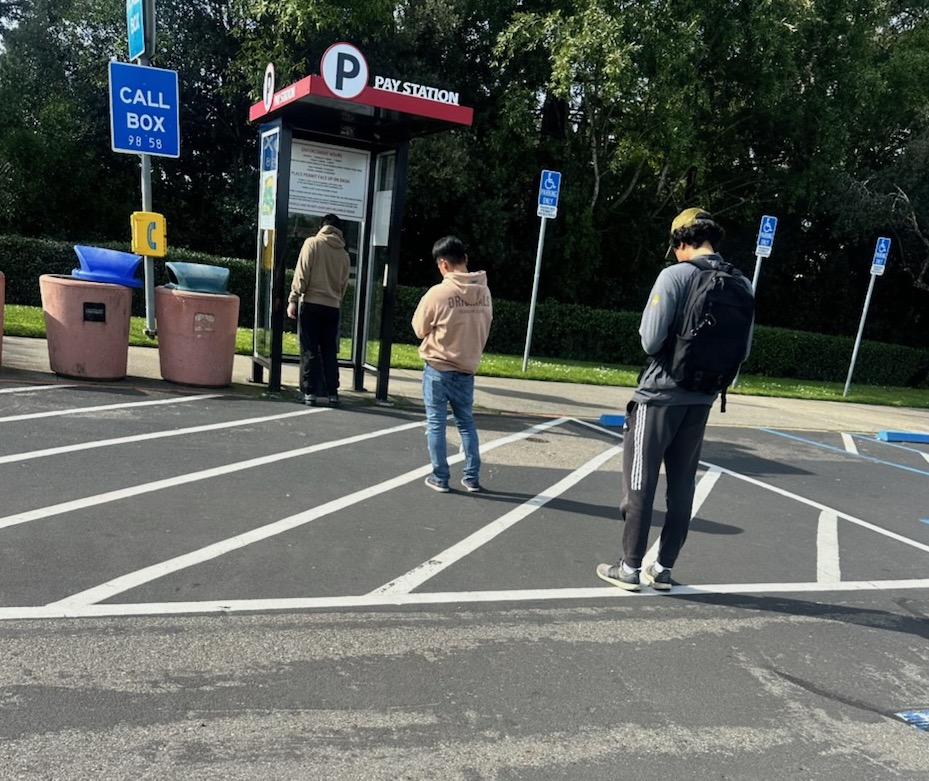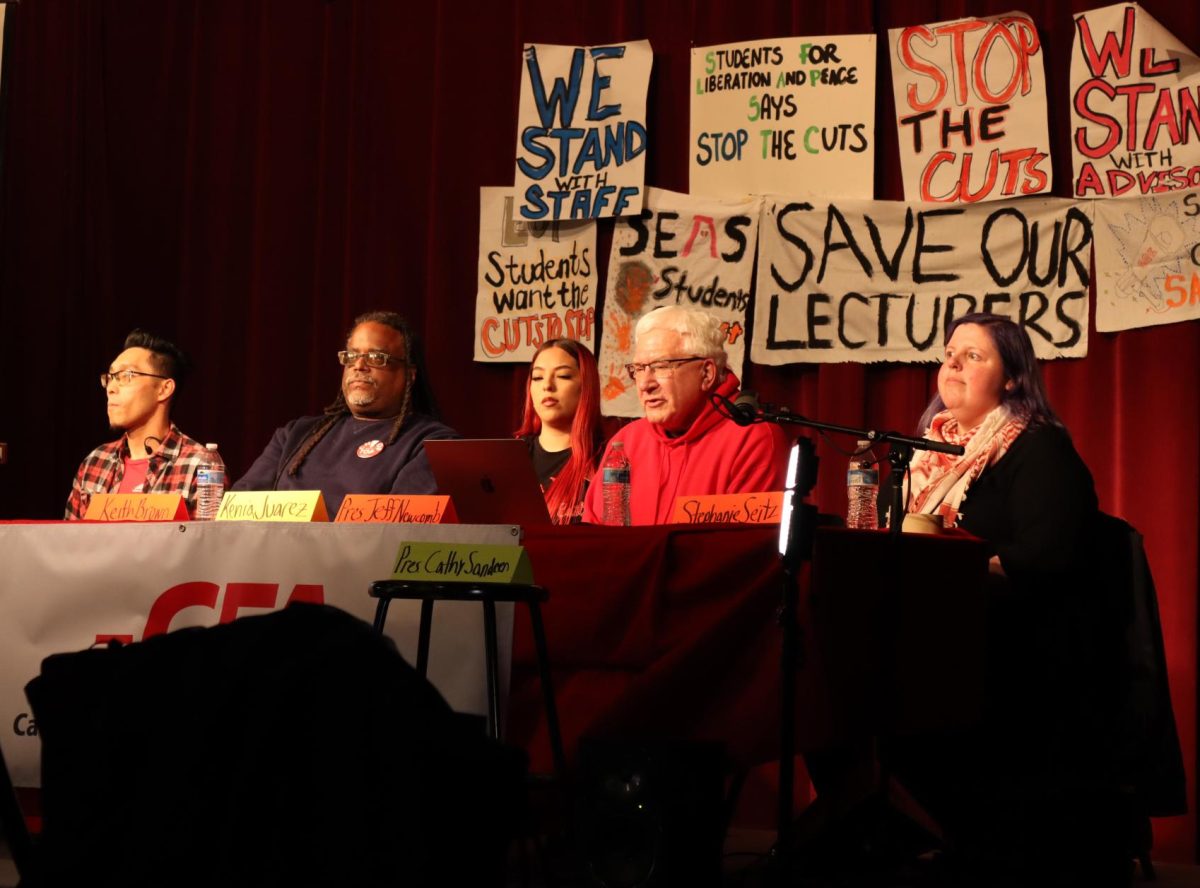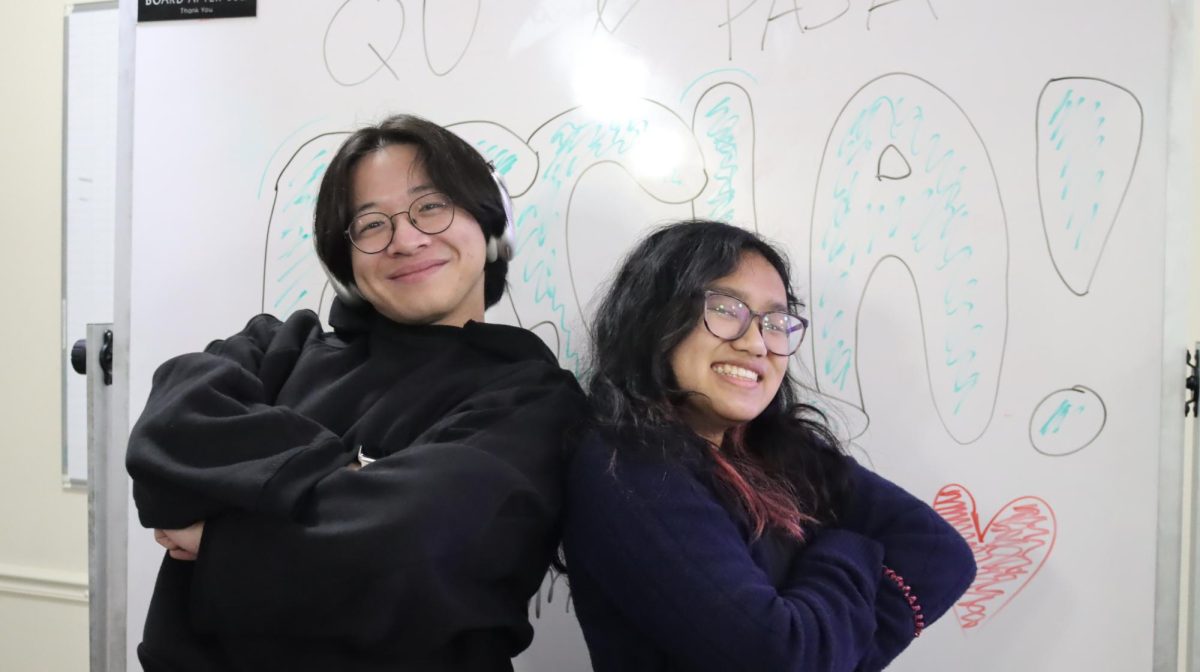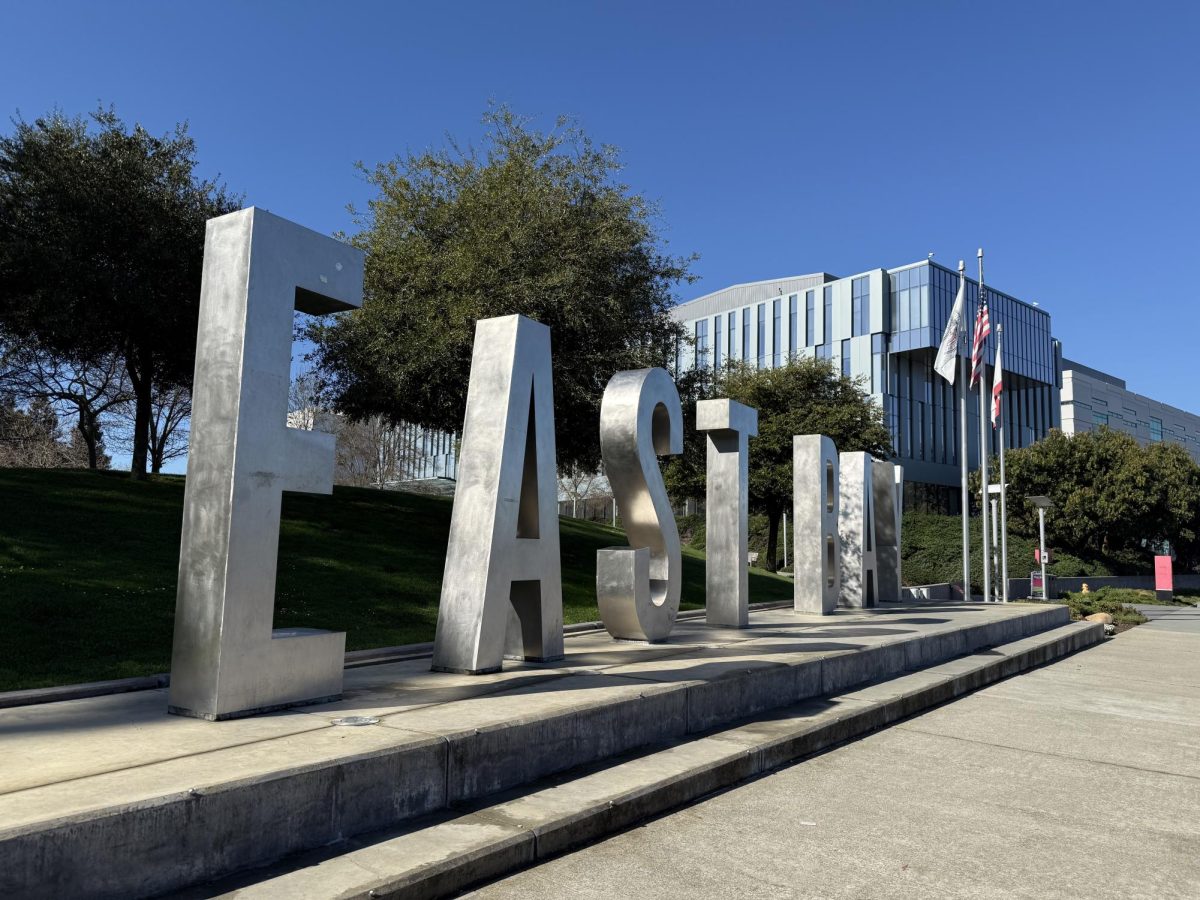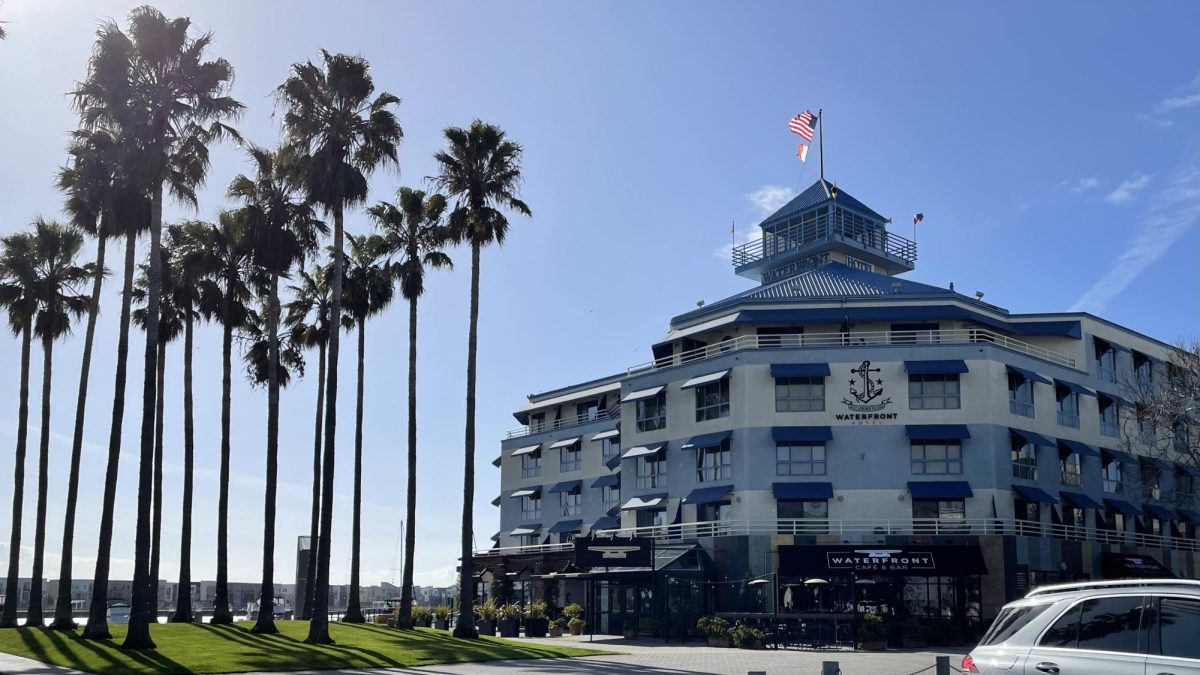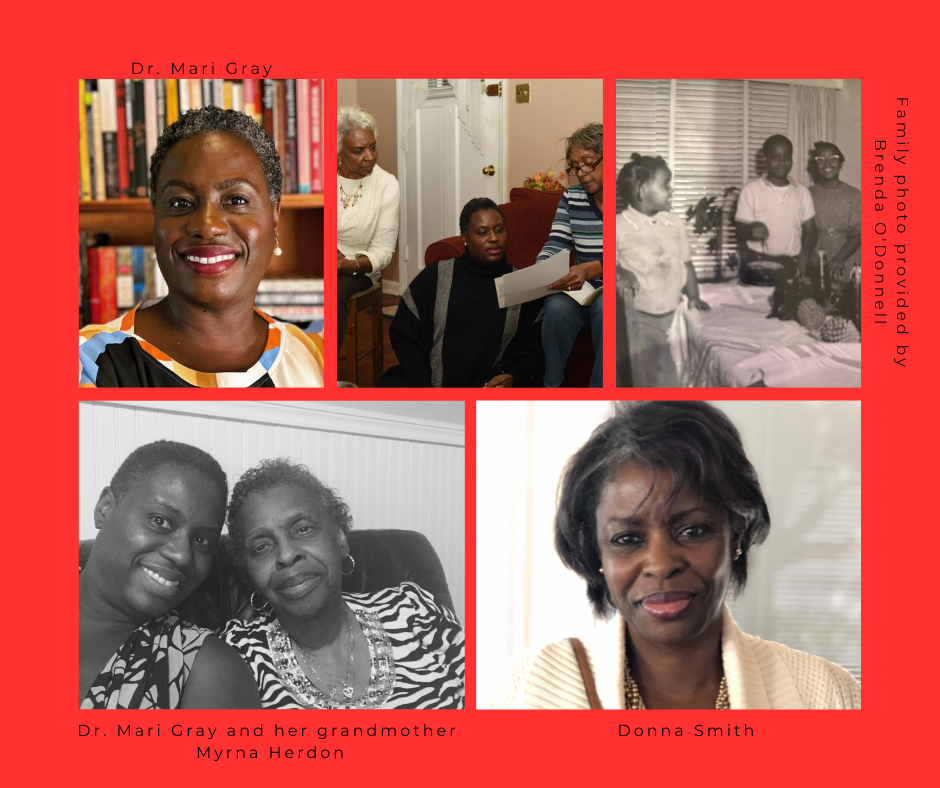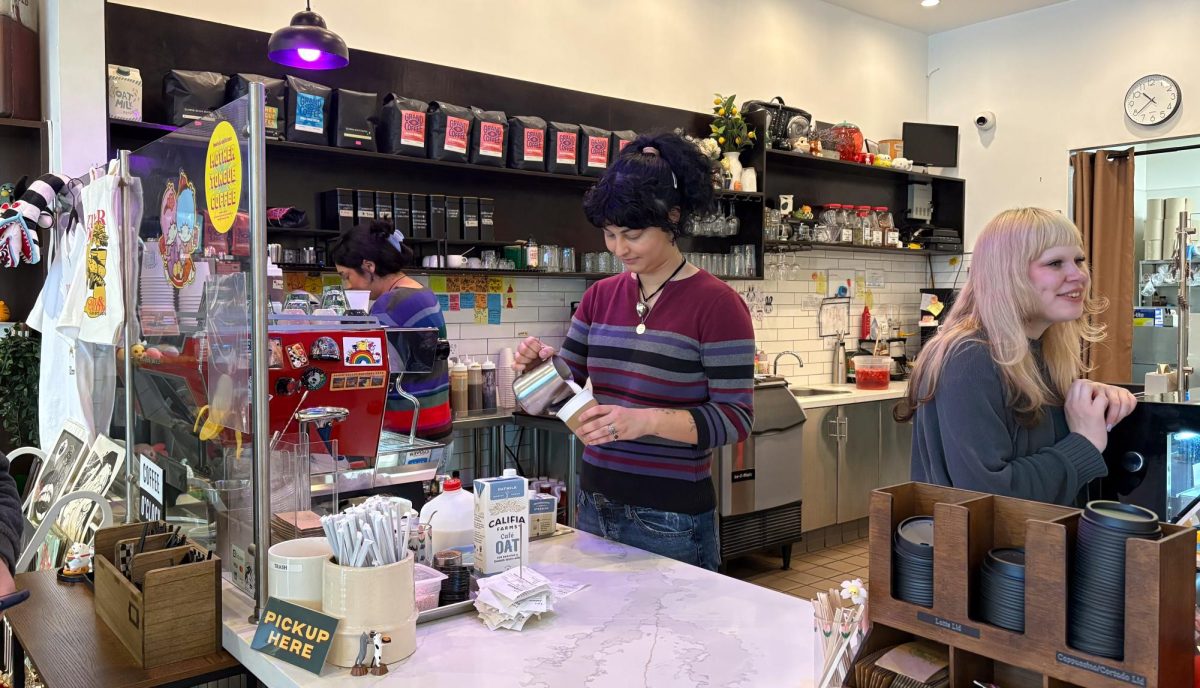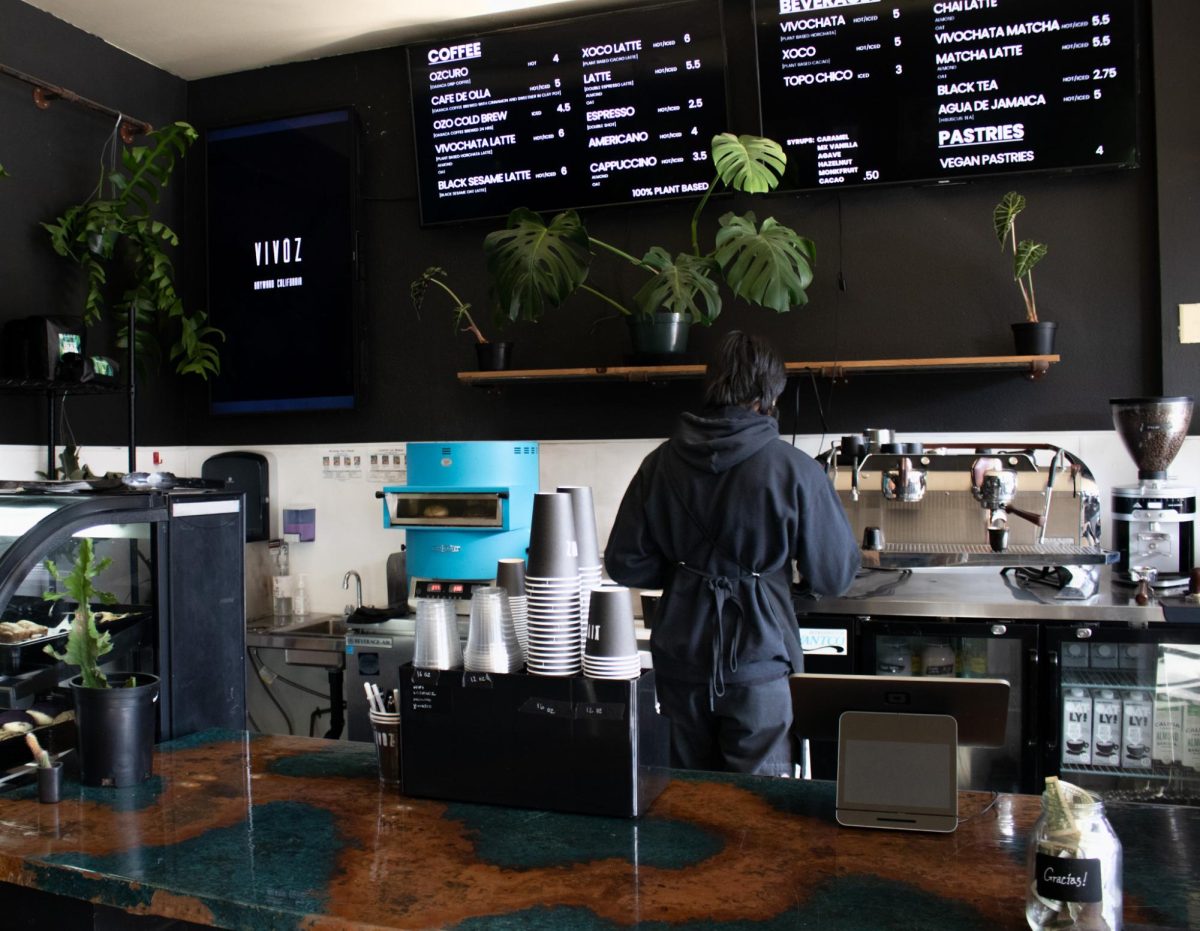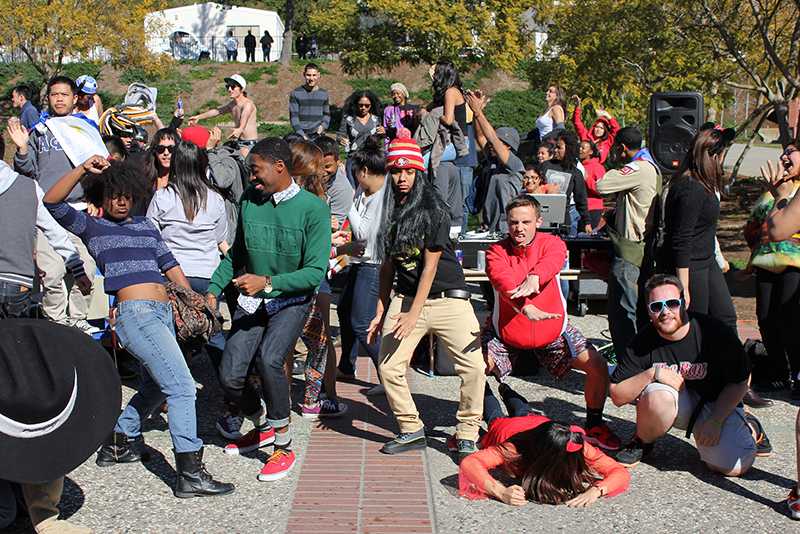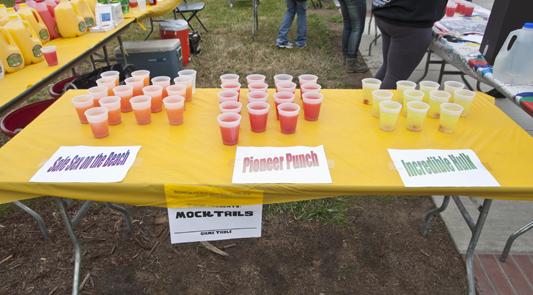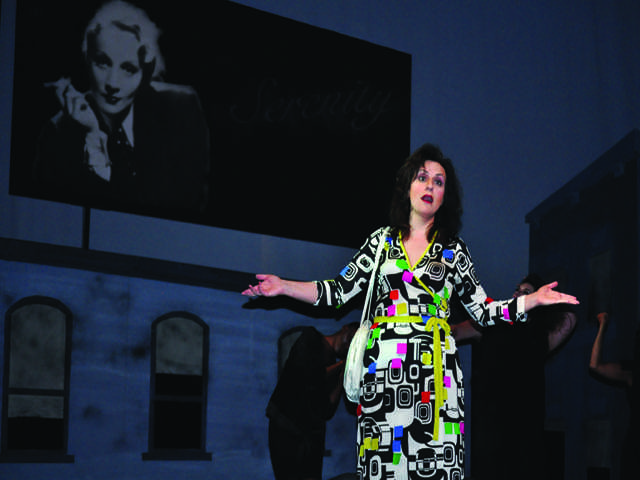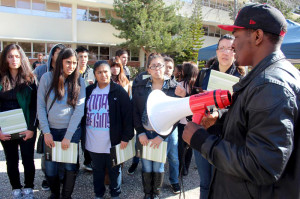
enrollment.
Sixteen-year-old Joshua Oliva has big dreams.
He would like to be an astronaut, a marine biologist, a base jumper or even a world traveler.
But one thing the first generation Filipino American is sure about: he has to go to college.
That’s why he joined close to 1,700 other high school students and their parents Feb. 23 for CSU East Bay’s Education Summit 2013, an event designed to “increase the number of first generation, African American, Latino, Native American, and Pacific Islander students attending college.”
Previously, 15 workshops and motivational presentations on a wide range of information were offered; the college admissions process, paying for school, campus life, how to use support programs and information about potential careers were the main focus of these workshops.
“The goal is to open people’s minds and to make them realize that they have choices and they have options,” said Greg Smith, CSUEB associate vice president for Planning and Enrollment Management.
Crammed into a tiny classroom in the art building with 30 other students, Joshua Oliva watched a presentation on how to successfully take college entrance exams.
“True or False?” asked Monique August of the Choose College Education Foundation, “With some multiple choice questions, you may need to read all the proposals before answering.” The class, in unison, answered true.
While the workshops were going on in the art building, the gymnasium filled with representatives from various colleges for the resource fair. CSU Chico, SF State, Los Medanos College and a diverse array of private colleges provided information about services offered.
After the first session was done, Oliva tried unsuccessfully to attend four different workshops: Science, Technology, Engineering and Mathematics Careers was full, as was Math Success Strategies, How to Pay for College, and Benefits of a Community College Education.
With a capacity of around 30 people to each classroom, 15 workshops and around 1,700 people in attendance, the workshops filled up fast.
“We really didn’t think we would have as many people attend as we did,” said Greg Smith. “We thought we would have maybe 1,000 to 1,200 people: we ended up having 1,700 people.”
Smith explained that this year’s education summit was a combination of what used to be three different summits aimed at helping three different communities – Latino, African American and Pacific Islander – get the resources they need to go to college.
The decision was made to combine the different summits this year, Smith said, in order to open it up for all first generation students who would benefit from the help.
“We’re obviously serving a need,” said Smith. “So next year we’re probably just going to expand it.”


